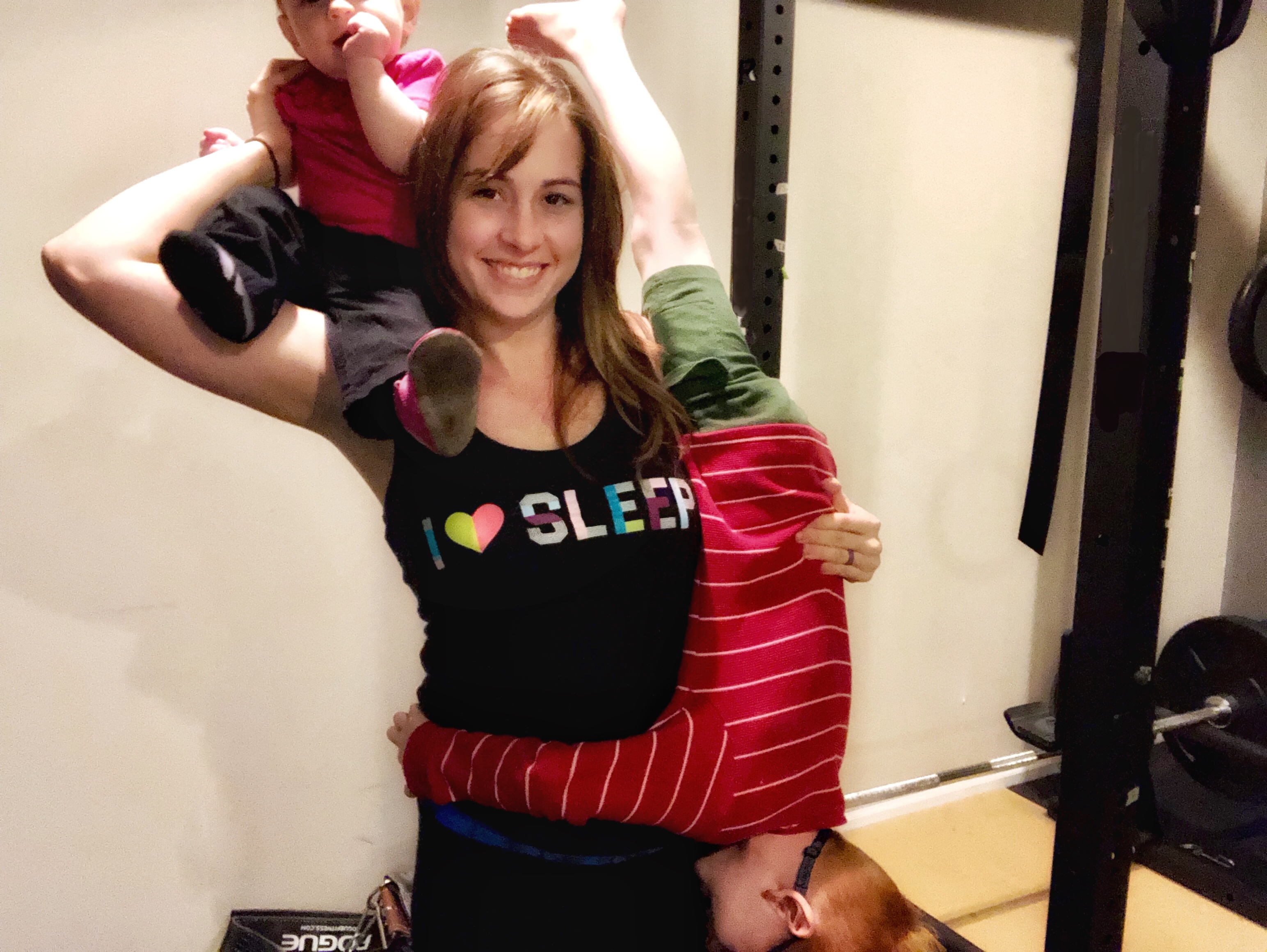What Should You Eat and How Much? Part 1
- Megan Marcum

- Jun 25, 2019
- 3 min read
Updated: May 28, 2021

Dieting for fat loss (or just eating healthy) is a matter of making better decisions on what foods you eat, and how much you have at each meal.
In Part 1 we’ll focus more on the “what.” (Part 2 will discuss “how much.”)
So, how do you decide what foods are best for your diet? It’s easier than you think.
What to Eat
It would be nice if we all had a private chef who lived in our pantry and came out only to prepare meals. (And to use the bathroom. Probably wouldn’t want him doing that in the pantry.)
Even then, unless you were ok with never picking what to eat, you’d have to tell him what you want him to make.
Which means if you want to enjoy your food (and you should), deciding what to eat will always be your responsibility.
The answer is NOT looking at a list of “good foods” vs. “bad foods.”
No foods are off limits (unless you have a genuine food sensitivity or allergy). Here are the 3 things to consider when choosing your meals.
1. Get More Full
Some foods keep you full longer than others. This is called satiety.
You could go online and do a search for a satiety index chart, which will give you specific examples. You’ll learn, for instance, that when you eat oatmeal, you won’t get hungry again as quickly as when you eat yogurt.
While that’s not a bad thing to learn, there’s an easier method.
Little decisions, like “should you eat rice or quinoa,” aren’t nearly as significant as the difference between “should you eat rice or doughnuts.”
Instead of memorizing which foods are slightly more satiating than others, go for the bigger effect and aim to eat as much unprocessed food as possible. You’ll be amazed how much more full that’ll keep you.
That means anything in a box, bag, can, wrapper, etc., and generally even eating out, should be kept to a minimum.
2. Get More Nutrients
When choosing the foods you eat, another aspect is maximizing nutrients.
Eating more unprocessed food works here, too.
You can stop worrying about the little things like if fruit is ok, if corn is bad, or if you have to eat kale even though you hate it. Just pick the specific, whole foods you like.
That said, limiting processed food isn’t the only aspect of getting more nutrients.
While you don’t have to force-feed yourself kale, when it comes to deciding what to eat, a unanimous response from every nutrition coach everywhere will always include, “Eat more veggies!”
Again, don’t sweat the details of which ones are better than others. Pick the ones you like, and load up your plate.
(Since I won’t be discussing veggies specifically next week, to see how much you should eat, read The Right Way to Eat Veggies.)
3. Get More Food Per Calorie
The final consideration with picking what food to eat is having a basic understanding of which foods are higher calorie than others.
However, if calories become your only concern, you run the risk of forgetting to eat balanced meals.
The focus becomes how many pieces of fried chicken can I eat within my calorie count, or how many cookies can I have without going over my goal.
That mindset won’t help you stay full between meals, and it won’t get you the nutrients you need to be healthy and/or lose fat.
Once again, the first step of the solution here is to go for mostly whole foods, which tend to be lower in calories than processed foods.
The second step is what we’ll cover in Part 2, because knowing WHAT to eat and HOW MUCH to eat will always be interrelated. And it comes down to so much more than just calories.


























Comments